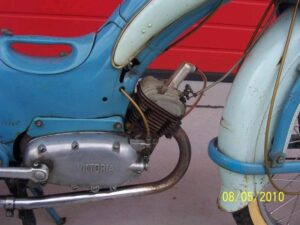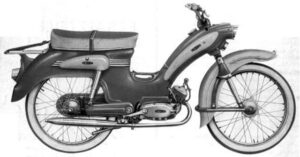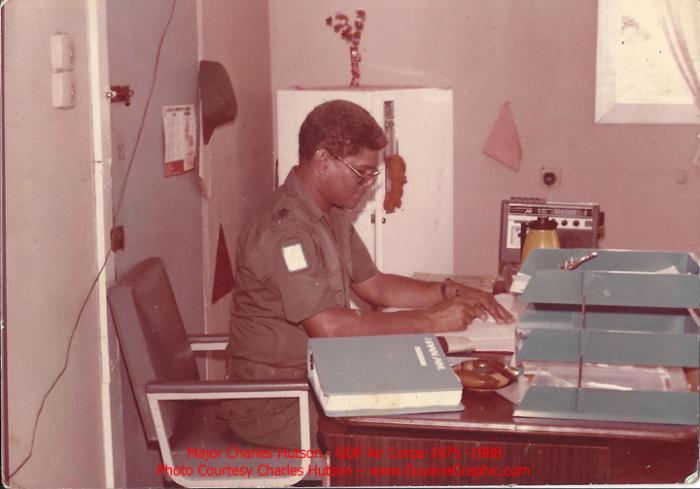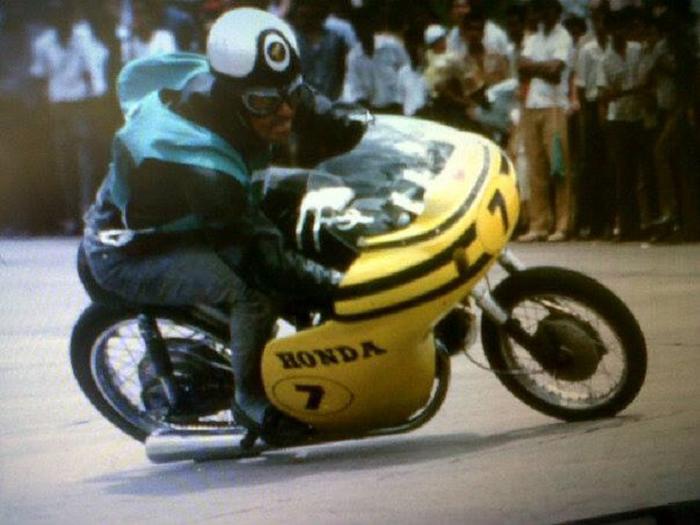
Georgetown’s streets were graced by the iconic Victoria Vicky motorcycle during the 1960s, a testament to the enduring legacy of Victoria Werke AG.
Established in 1886 as Frankenburger und Ottenstein Nürnberg by Max Frankenburger and Max Ottenstein, the company reached a milestone in 1888 by manufacturing 1000 Victoria bicycles. In 1895, the name evolved into ‘Victoria Fahrradwerke AG,’ later abbreviated to ‘Victoria Werke AG’ in 1899.
The company ventured into motorcycle production in 1901, utilizing engines from Fafnir, FN, Minerva, and Zedel in the early years. Despite an initial foray into automobiles with limited success, Victoria focused on motorcycles during World War I, producing small motor cycles and bicycles. The booming 1920s marked a period of prosperity for the business.

Victoria played a significant role in World War II, supplying the German military with medium-capacity four-stroke machines. The war took a toll, nearly obliterating the Victoria works in April 1945. However, reconstruction efforts began in 1947, leading to the resumption of production.
The early fifties witnessed the expansion of Victoria’s motorcycle range with the introduction of the “Vicky” mopeds, which garnered considerable success. The Vicky evolved throughout the decade, culminating in the production of the “Superluxus,” the most luxurious and refined model.
After a hiatus, the Victoria brand made a comeback in 2019, thanks to a Nuremberg-based firm. The revived line, manufactured in China, embraces retro-style aesthetics reminiscent of Italian design. Notable models include the Nicky and Peggy, characterized by their attractiveness and a charmingly nostalgic sales approach that captures the essence of the fifties. The reissued products proudly retain the original Victoria logo, preserving the brand’s rich heritage.





